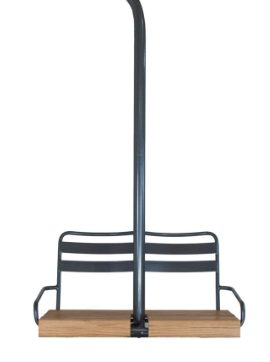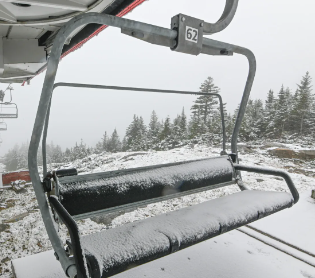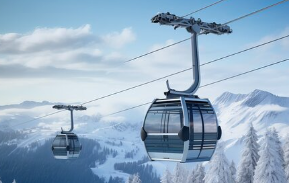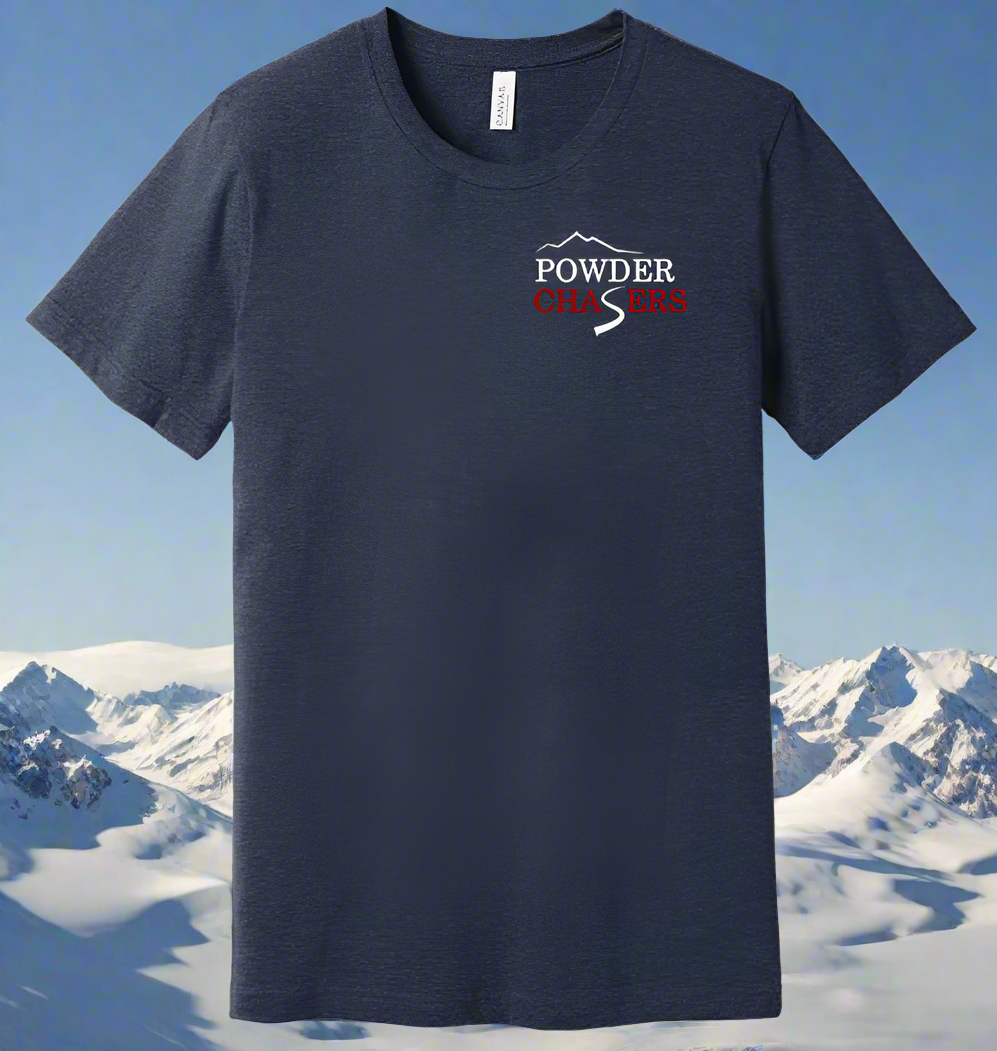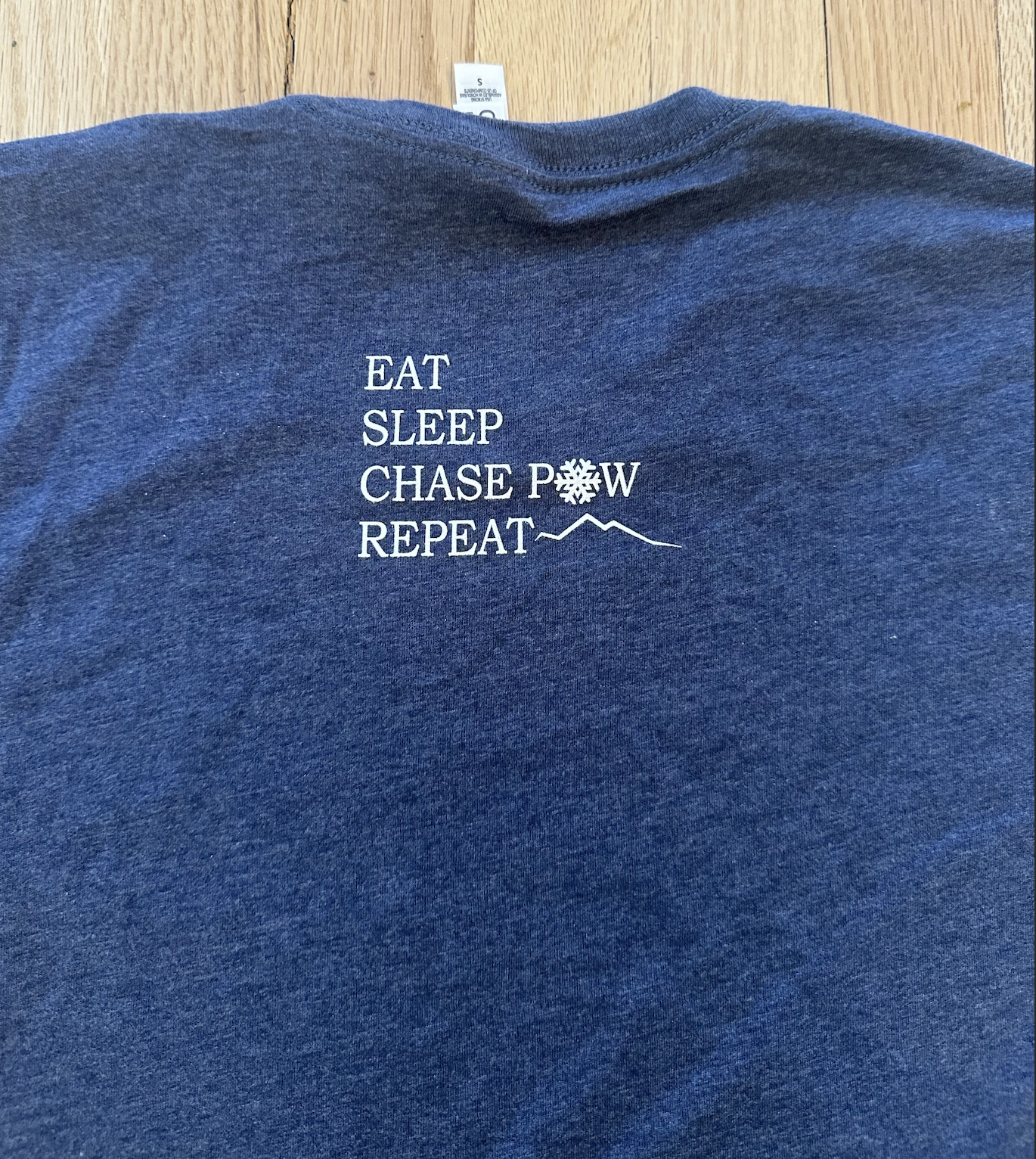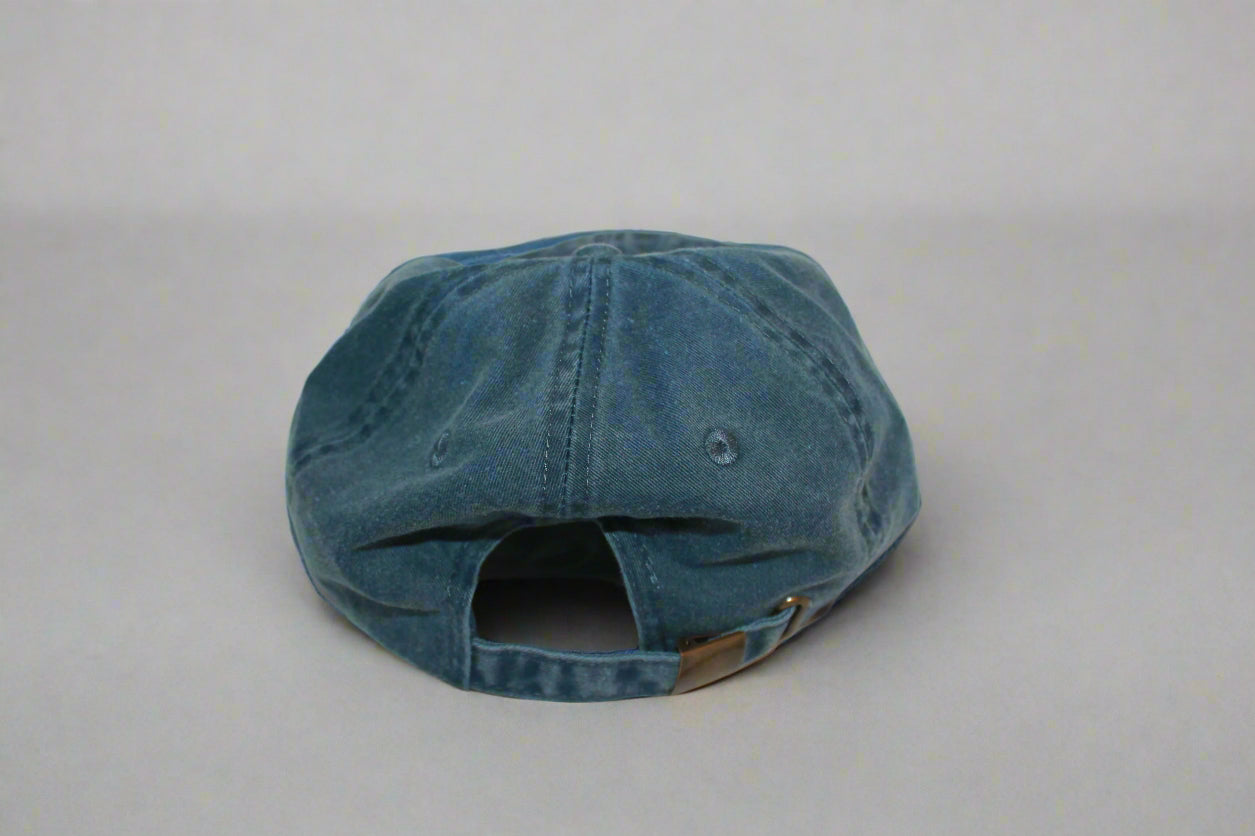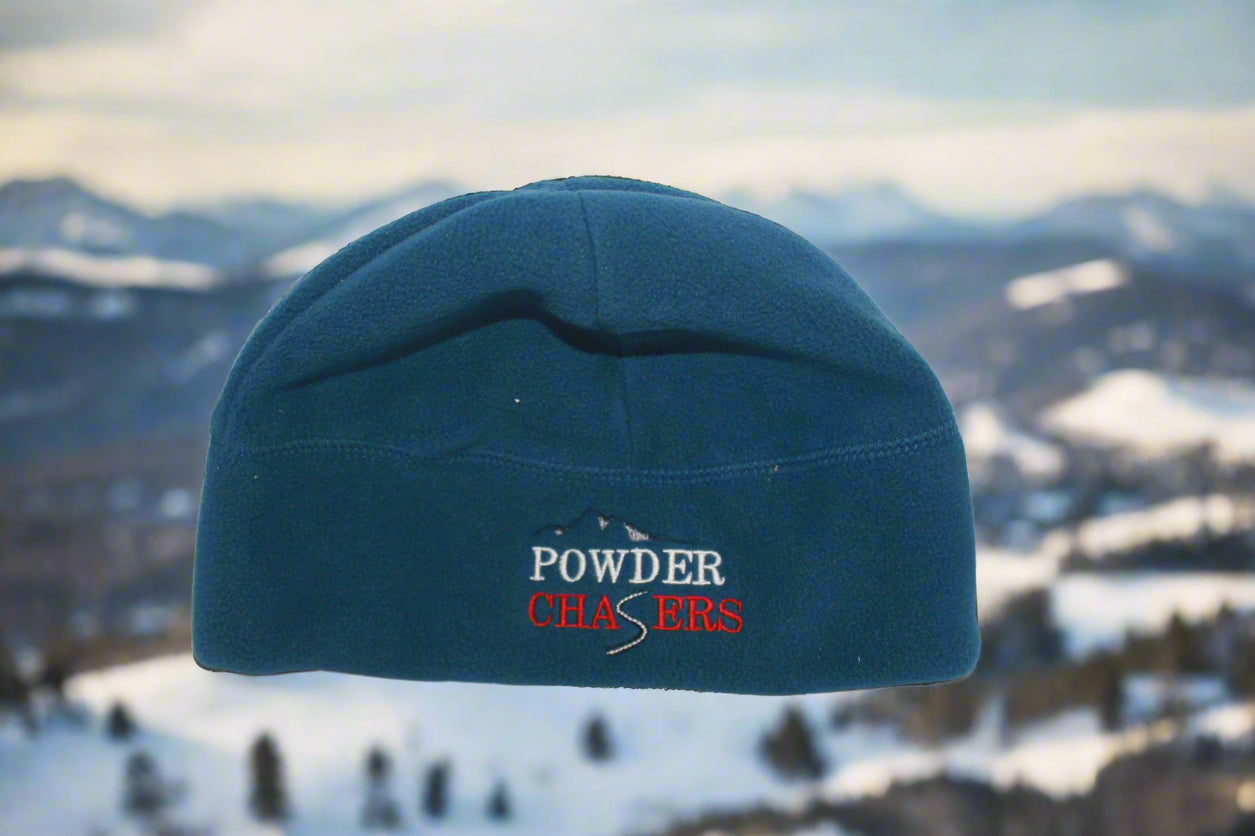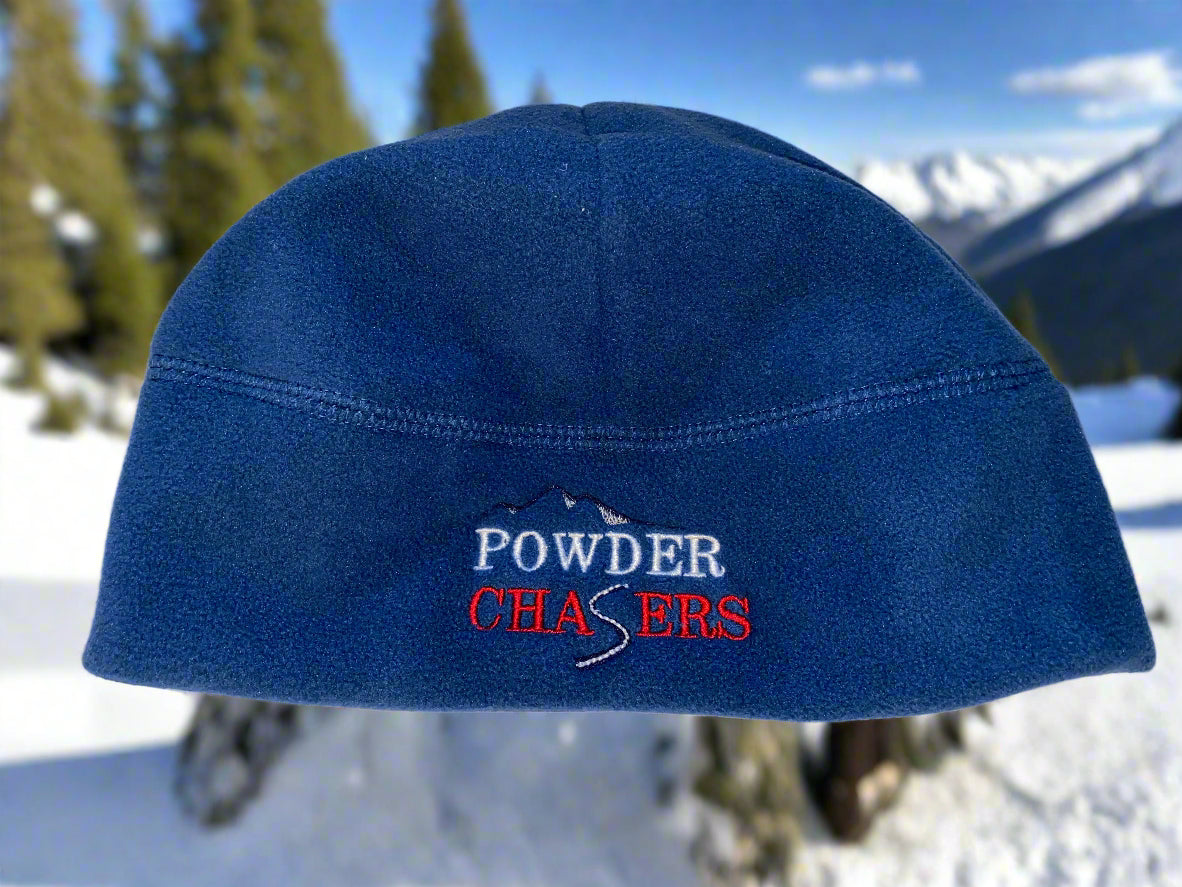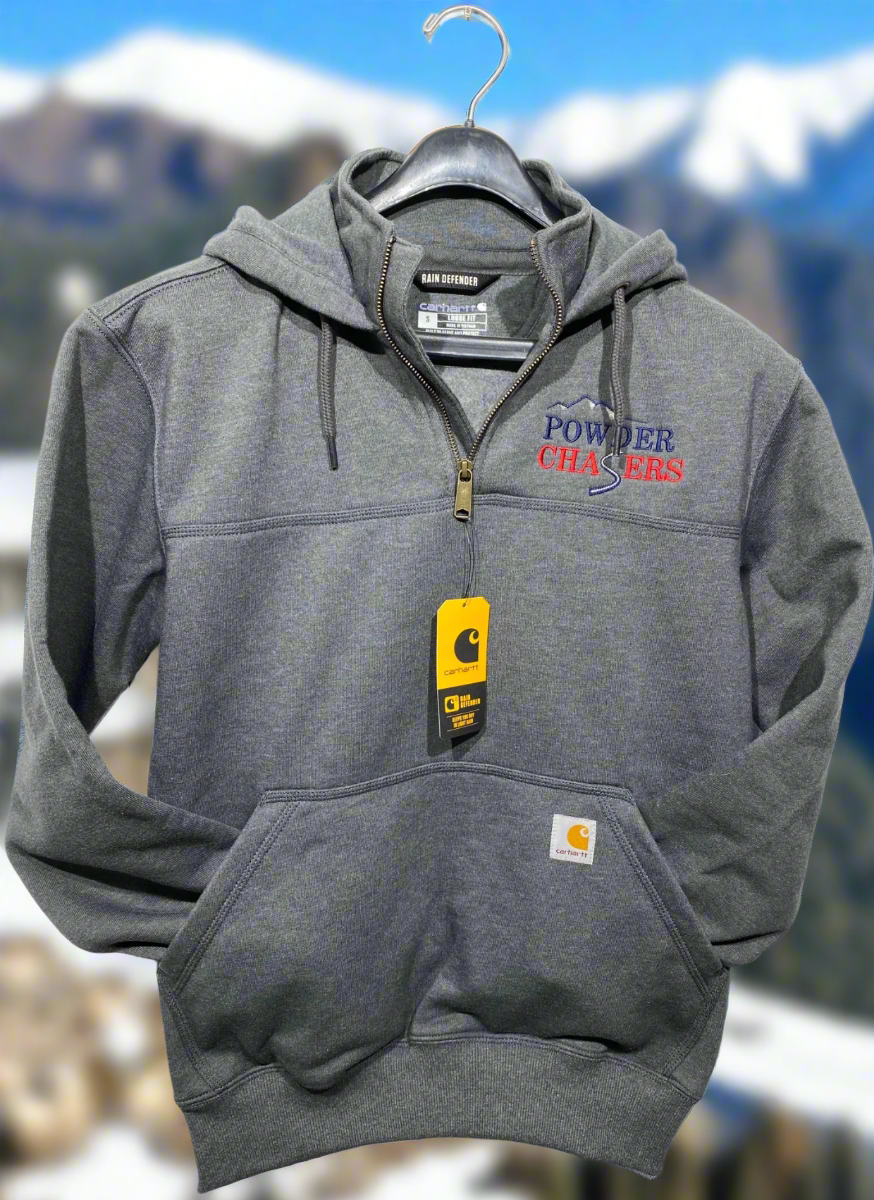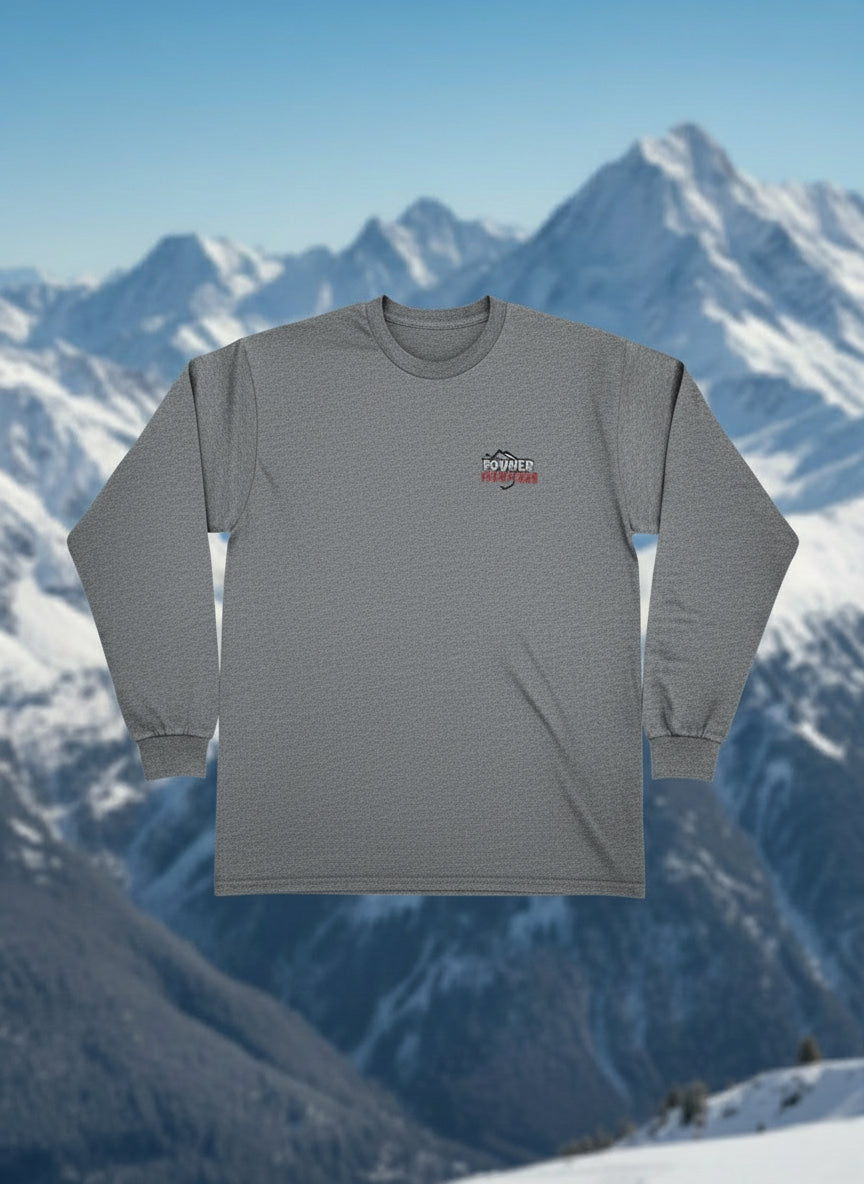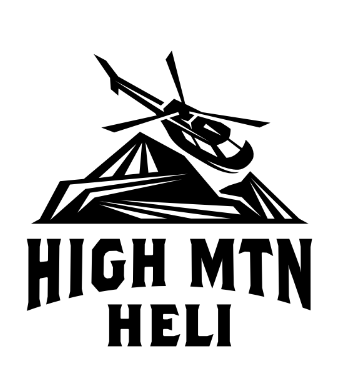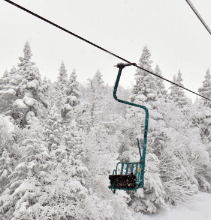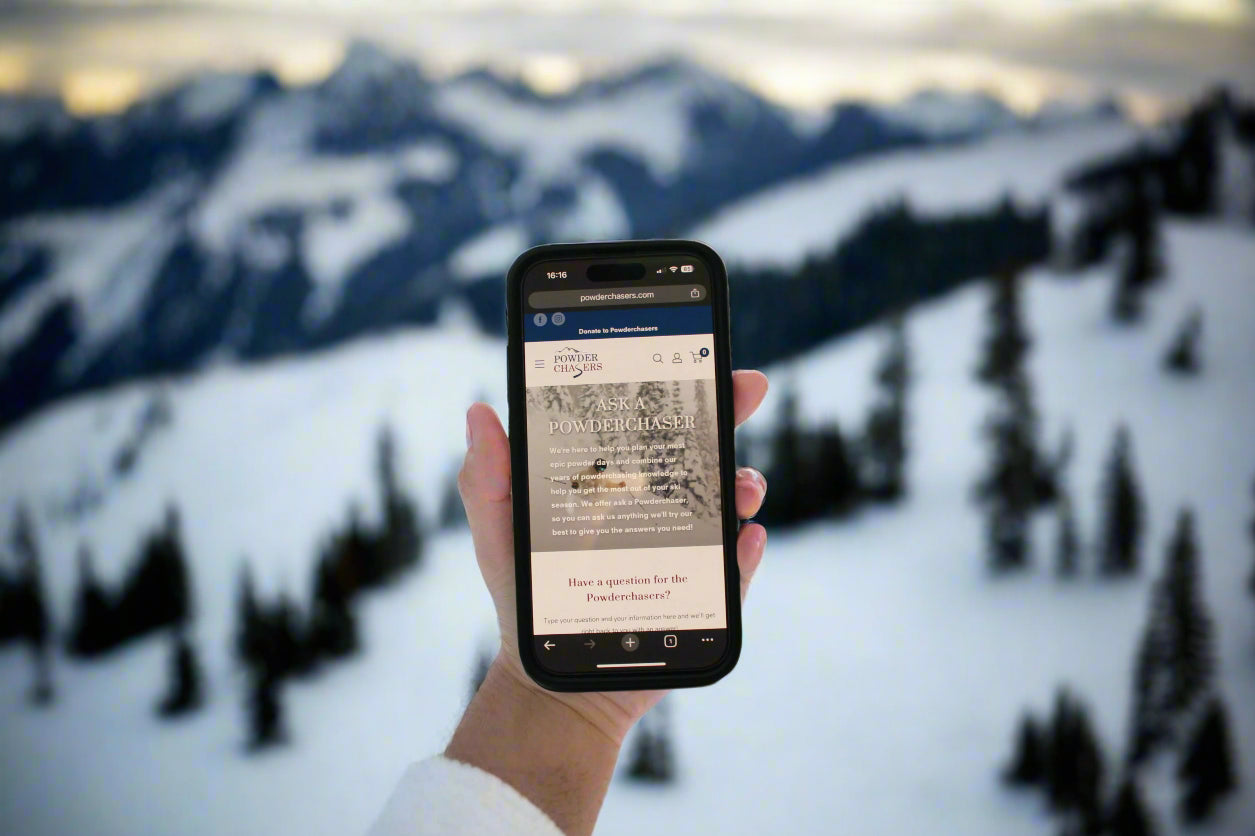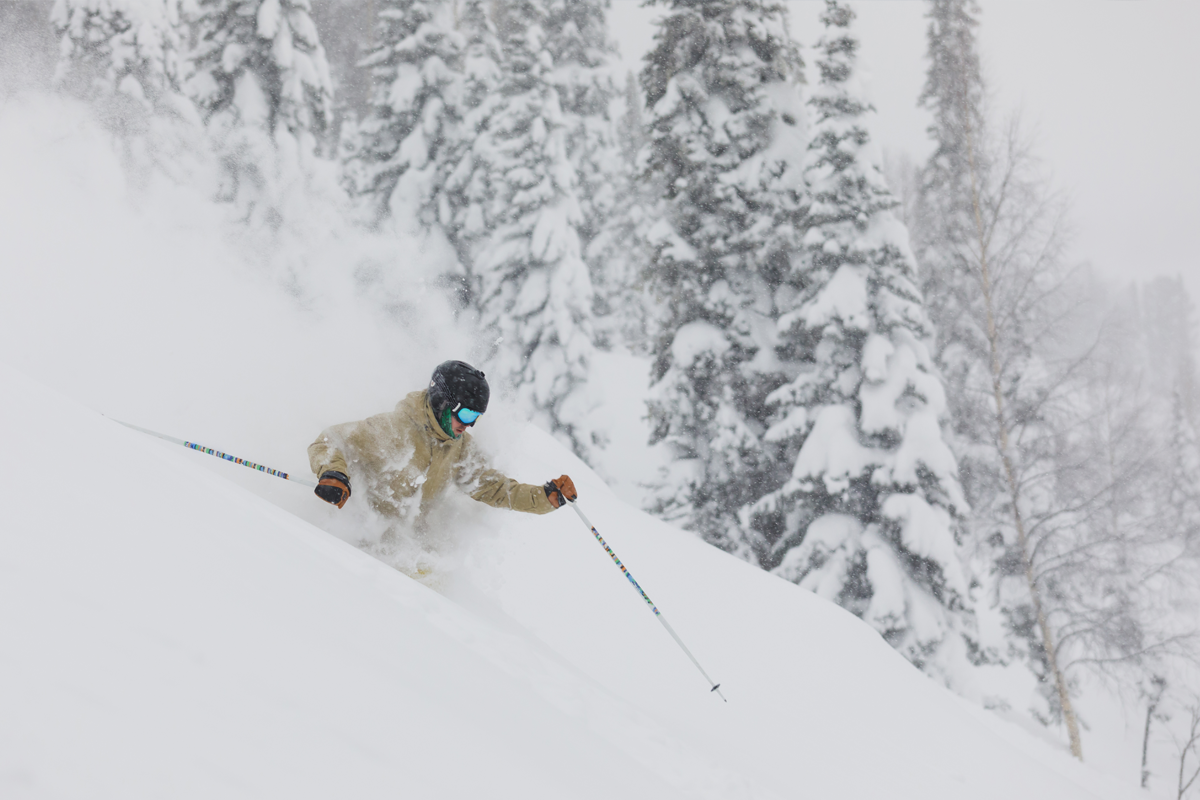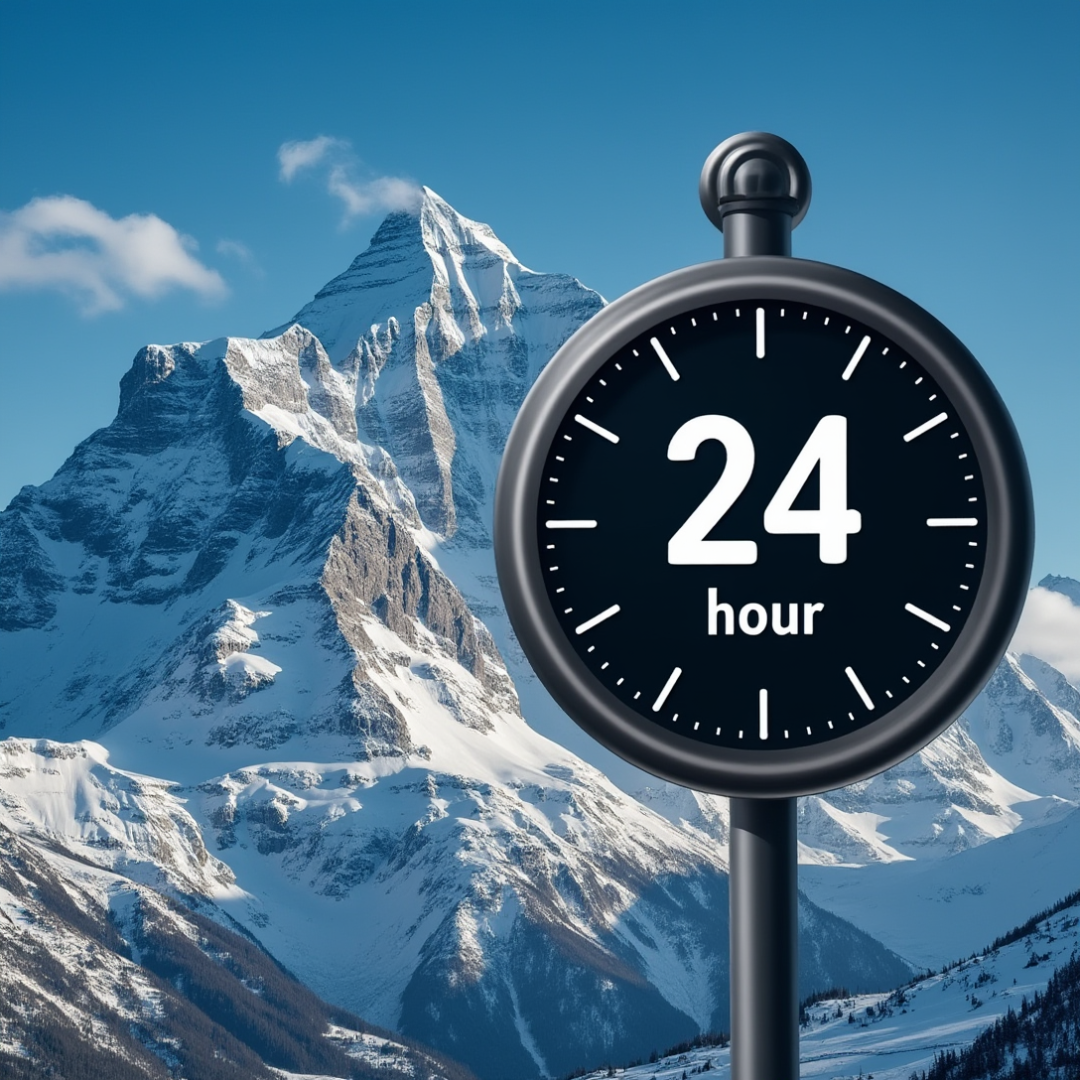Let’s start with the positive. The snowpack across the west has done a complete 180 over the last month. Compare the SWE (snow water equivalent) percentage maps from the first week of December to this week.


Most of the Western US has jumped from 10-30% of normal to >110% of normal. That is not only huge for resorts and for us, but for water resource managers as well. New Mexico, Southern Montana, and Eastern Wyoming are lagging a bit, but most resorts in these areas still have respectable snowpacks. The bad news is that these numbers will gradually decline over the next two weeks, likely returning to near normal, as a ridge of high pressure closes the storm door. While there are some chances of storms brushing the northern and southern edges of the ridge, the temperatures look pretty warm. Before the ridge set in we had a killer day at Jackson, where 20\" fell between midnight and 3 pm. Check out the edit from that day here.
Sadly not too much has changed since our last post where we discussed the arrival of this ridge. It is now solidly overhead and looks to remain in place for another 10 days or so. Below is the upper level pattern today.

(Image courtesy of Weatherbell)
You can see the big ridge planted right over the Western US. The ridge will generally remain in place until around the 18th when it gradually starts to shift West. As that happens, the storm track will shift, possibly allowing storms to impact the front range of the Rocky Mountains in a north west oriented path. You can see this in the gif below.

(Image courtesy of Weatherbell)
The farther West the ridge shifts, the better. Although there is not perfect agreement, the teleconnections, which we have discussed before, look favorable for a return to a stormy patter in the latter part of the month. So tune up your equipment and get some things done while we wait for storms to return.
In the meantime, there will be a warm system impacting the Pacific Northwest from Tuesday to Thursday. This will feature an atmospheric river and temperatures warming throughout the event, with snow levels rising above the base elevation. The coastal range and the interior of British Columbia will see significant snow at higher elevations, but it really doesn't seem worth chasing due to the temperatures. It's honestly just annoying how warm the upper level temperatures will be during this time, so that's all we're going to say on this storm.



